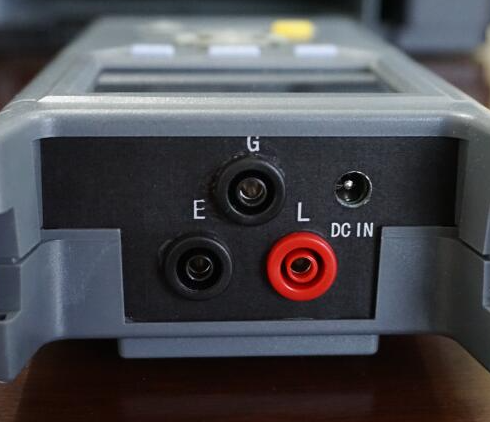The base pull-down resistor plays the guardian, shielding the transistor from noise, thereby averting potential malfunctions and solidifying the system's reliability. A floating triode base, especially under the duress of an unstable input or a high-impedance scenario, spells trouble. Here, the resistor steps in, grounding the signal, ensuring its clarity and precision. This becomes particularly vital during the chaotic post-power-on phase, where integrated circuits (ICs) grapple with unstable internal states prone to noise. Introducing a pull-down resistor here quashes this volatility, guaranteeing smooth circuit operation. Yet, choosing the right resistor value is a delicate dance, aimed at dodging the pitfalls of excessive leakage current that a too-low resistance value might invite, potentially hobbling circuit performance.
Moreover, when the transistor moonlights as a switch, fine-tuning its ON and OFF transition times becomes key to boosting circuit responsiveness and efficiency. The pull-down resistor emerges as a hero, clearing residual charge from the transistor to prevent lag. Its importance balloons in high-frequency use and deep saturation operations, where lingering charge could blunt the transistor's swift switching prowess. An aptly chosen pull-down resistor, nestled between the base and emitter, ensures swift discharge, slicing through delays and lifting circuit performance.

Additionally, the pull-down resistor lays the groundwork for the transistor's operating point by anchoring the bias voltage. This step is vital for curbing signal distortion, especially with AC signals in the mix. Temperature swings can tweak the transistor's operating current (Ic), which in turn affects the emitter current (Ie) and base-emitter voltage (Vbe). Here, the pull-down resistor ensures the base voltage (Vb) stays steady, keeping Vbe in its sweet spot, thus ensuring signals transmit with precision and minimal distortion. It also doubles as a protector, reigning in the input current to prevent the havoc excessive flow could wreak on the transistor.
